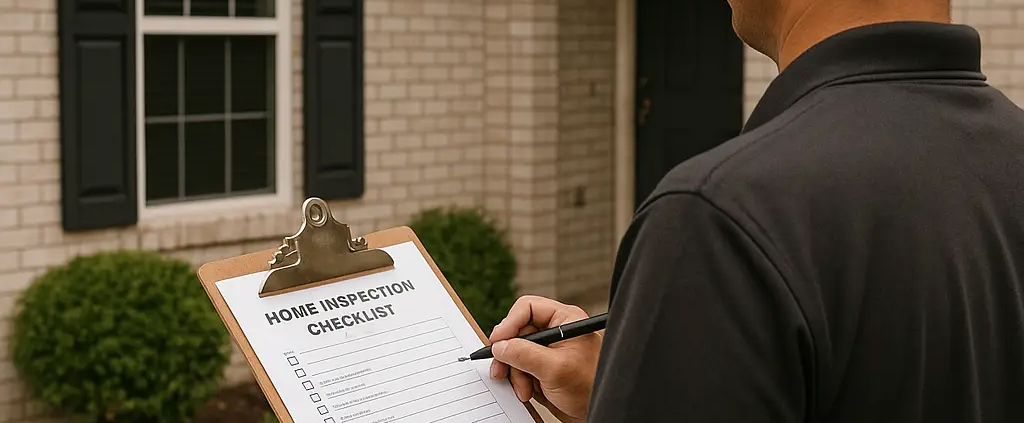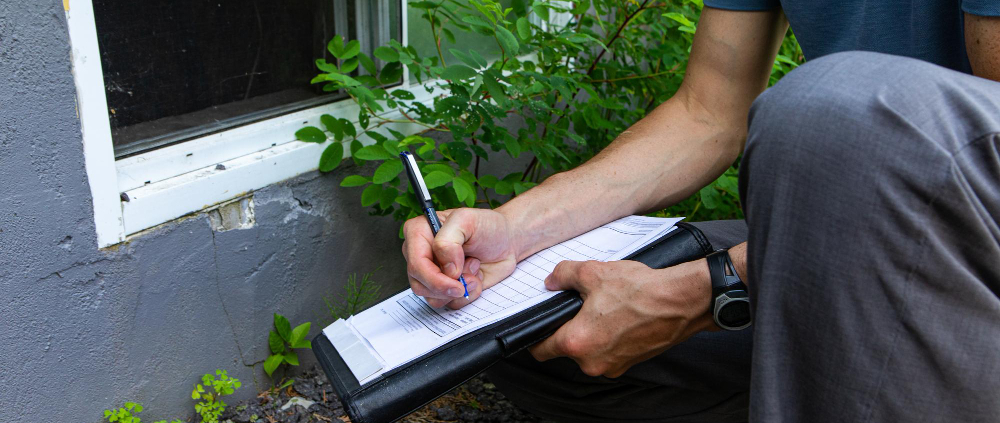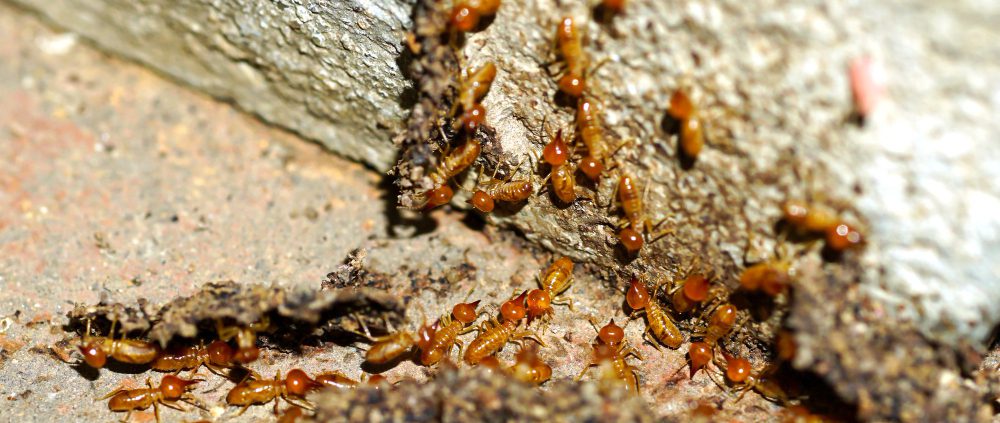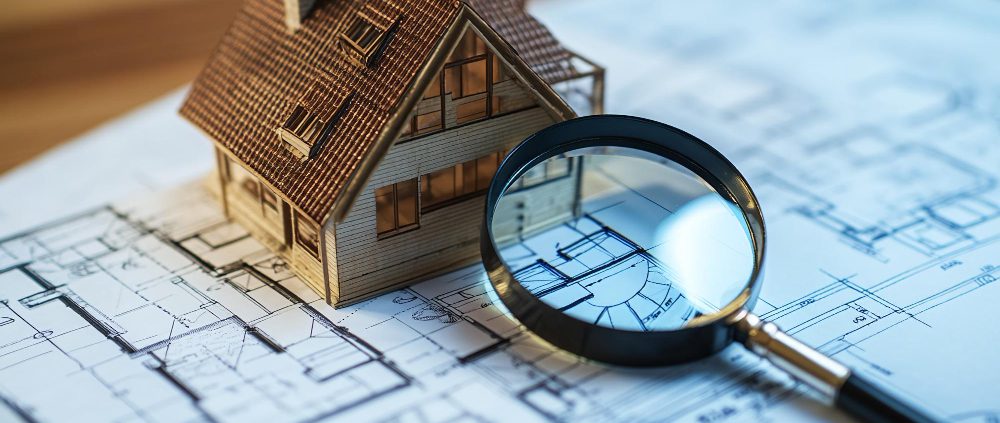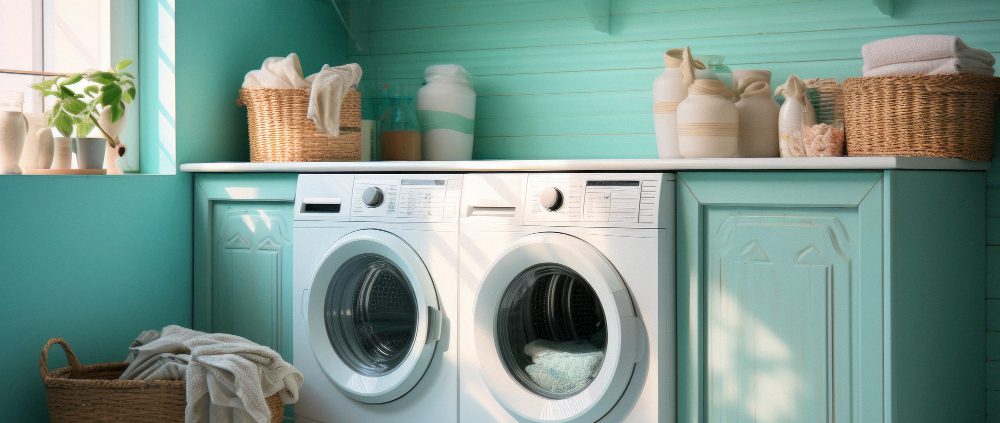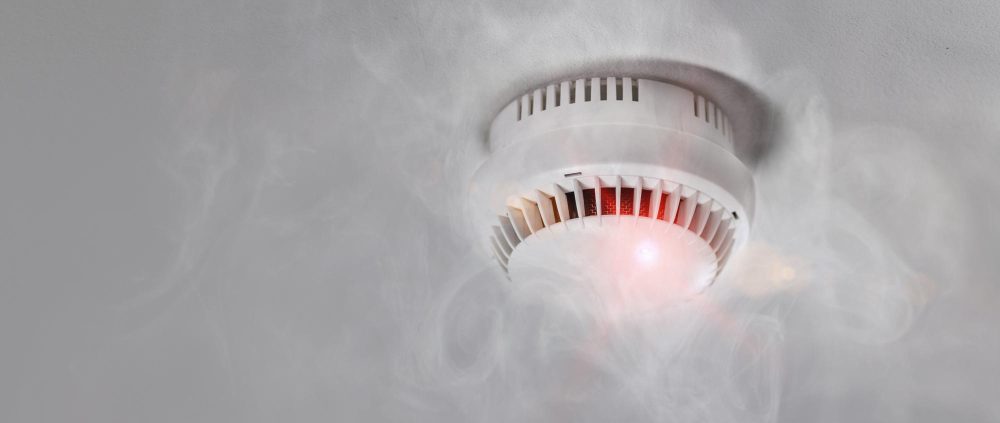When you’re buying a home, one of the most important steps in the process is the home inspection. Think of it as a comprehensive health checkup for the property—except instead of checking blood pressure and cholesterol, it’s checking for roof leaks, plumbing issues, and structural concerns.
At Clarity Home Inspections, your trusted Pittsburgh area home inspector, we know how crucial it is for you to understand exactly what you’re getting into before signing on the dotted line. So, what is included in a home inspection? Let’s break it down, top to bottom.
1. Roof
Your home’s roof is its first line of defense against the elements. During an inspection, we examine:
-
Roof coverings (shingles, tiles, etc.)
-
Gutters and downspouts
-
Flashing, vents, skylights, and chimneys
-
Roof penetrations and overall structure
A damaged or aging roof can lead to costly repairs, so this is one area you definitely want thoroughly assessed.
2. Attic, Insulation, and Ventilation
An often-overlooked space, the attic plays a major role in energy efficiency and home comfort. We look for:
-
Proper insulation coverage
-
Adequate ventilation to prevent moisture buildup
-
Crawl spaces and exhaust systems
Good insulation and ventilation are key for reducing energy bills and avoiding mold growth.
3. Exterior
From the curb to the back deck, we evaluate:
-
Siding and trim
-
Windows and exterior doors
-
Walkways, stairs, patios, decks, and driveways
-
Drainage and water management
The goal here is to spot any wear, damage, or water intrusion issues that could escalate over time.
4. Basement, Foundation, Crawlspace, and Structure
A strong foundation supports a safe home. We check for:
-
Cracks or structural movement
-
Signs of water penetration
-
Crawlspace conditions
In Pittsburgh, with our varied soil types and older homes, this part of the inspection is absolutely essential.
5. Cooling System
Summers in the Pittsburgh area can be muggy. That’s why our inspection covers:
-
The central cooling unit
-
Thermostat placement and operation
-
Energy source and overall condition
We ensure your A/C system is ready to handle the heat.
6. Heating System
Equally important for our chilly winters, the heating system inspection includes:
-
Furnace or boiler health
-
Thermostat operation
-
Energy source and method of heat delivery
We help ensure you stay warm and safe when temperatures drop.
7. Fireplace
Who doesn’t love a cozy fire in winter? But a fireplace can also be a safety hazard. We assess:
-
Fireplace structure and chimneys
-
Damper doors and lintels
-
Cleanout doors and frames
Our job is to make sure that beautiful hearth is also safe and functional.
8. Plumbing
From water pressure to leaks, our plumbing inspection is hands-on and thorough. We look at:
-
Main water shut-off valves
-
Water heater and supply lines
-
Sinks, tubs, showers, drains, and vents
We’re on the lookout for corrosion, leaks, and proper installation—things you don’t want to discover the hard way.
9. Electrical System
Electrical issues can be dangerous if not caught early. We check:
-
Service panels, grounding, and conductors
-
Switches, outlets, AFCI/GFCI protection
-
Smoke and carbon monoxide detectors
Safety is our top priority in this area, especially in older Pittsburgh homes where wiring may be outdated.
10. Doors, Windows, and Interior
Lastly, we inspect the interior’s overall condition, including:
-
Windows and doors
-
Floors, ceilings, and walls
-
Stairs, railings, and garage doors
This part ties the whole inspection together and gives you a full-picture view of the home’s livability and safety.
Why Hire a Pittsburgh Area Home Inspector?
Scheduling with a Pittsburgh area home inspector like Clarity Home Inspections means getting peace of mind from a local expert who understands the unique challenges of homes in this region—from foundation issues due to freeze-thaw cycles to century-old plumbing systems.
We go beyond the checklist to offer honest insights, clear communication, and comprehensive reports—so you can move forward with confidence.
Always feel free to reach out if you have any questions regarding what exactly is included in your next home inspection.

